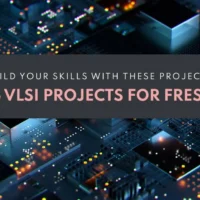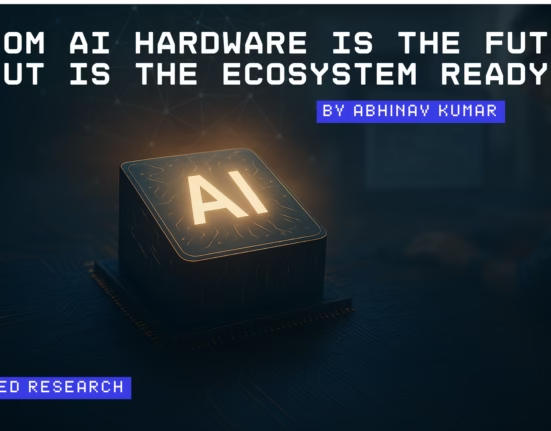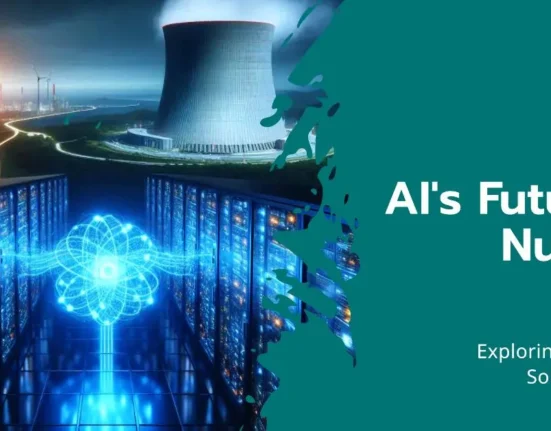Custom AI Hardware Is the Future. But Is the Ecosystem Ready?
- by Abhinav Kumar
- 26 May 2025
- 5 minutes read
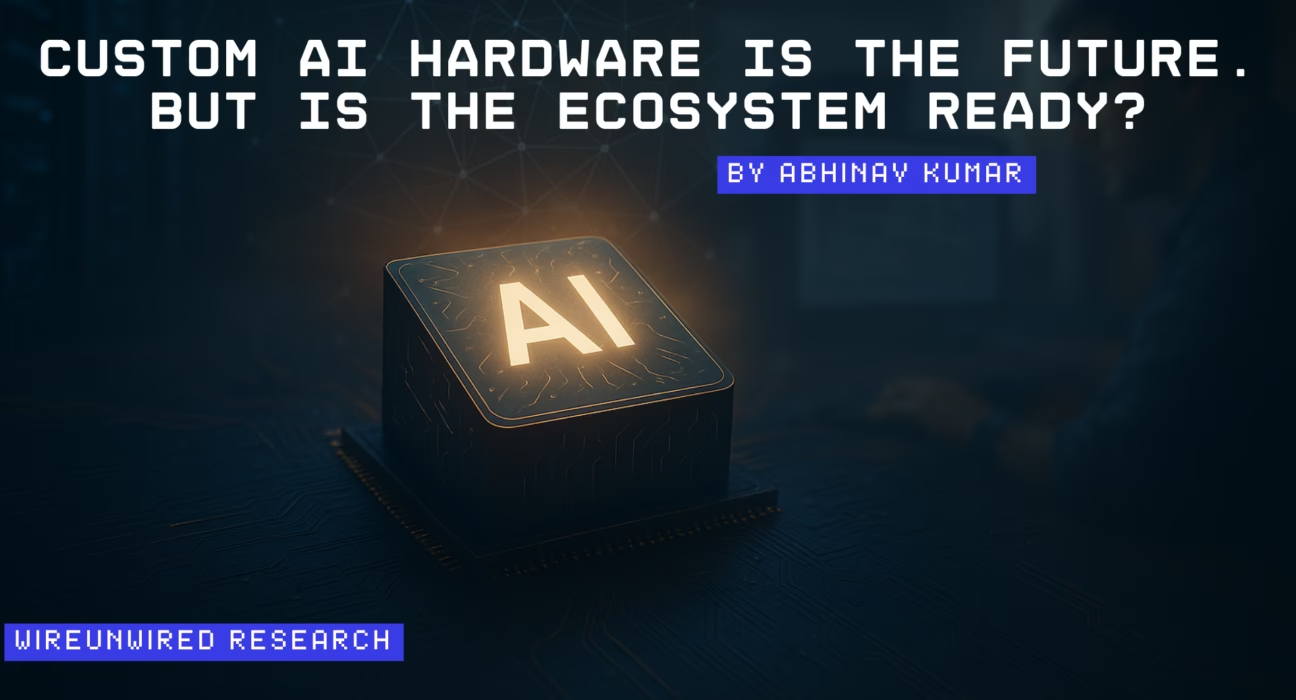
The Noise Around Custom AI Hardware
More AI hardware chips are being designed today than ever before, but they are no longer built to serve everyone the same way.
Just recently, imec, a leading research center in Europe, introduced a chip design that doesn’t stick to a fixed structure. Instead, it adapts its hardware based on the kind of AI task it is handling. This flexible, programmable design reflects a deeper shift in the industry.
“There is a huge inherent risk of stranded assets because by the time the AI hardware is finally ready, the fast-moving AI software community has moved on.”
— Luc Van den hove, CEO of imec
While imec’s work is still at the research stage, others are already deploying their own versions of custom AI hardware.
Broadcom, for instance, is quietly designing custom chips for hyperscalers like Google and Meta.
“Our hyperscale customers continue to scale up and scale out their AI clusters.”
— Hock Tan, CEO of Broadcom
Marvell is investing heavily in AI accelerators tailored for training workloads and edge computing.
“We are seeing strong custom AI demand continue into the fourth quarter and have secured supply chain capacity.”
— Matt Murphy, CEO of Marvell Technology
Meanwhile, Tenstorrent is going modular. With RISC-V at its core, it’s building chiplets that can be assembled into a custom AI platform.
“The joint effort by Tenstorrent and LSTC to create a chiplet-based edge AI accelerator represents a groundbreaking venture into the first cross-organizational chiplet development in the semiconductor industry.”
— Wei-Han Lien, Chief Architect at Tenstorrent
Each of these efforts points to one clear trend: companies are no longer relying on general-purpose chips. They are building what suits their own workloads.
The hardware is changing. The question now is whether the rest of the AI ecosystem is ready for this change.
The Gap Between AI Innovation and Hardware Development
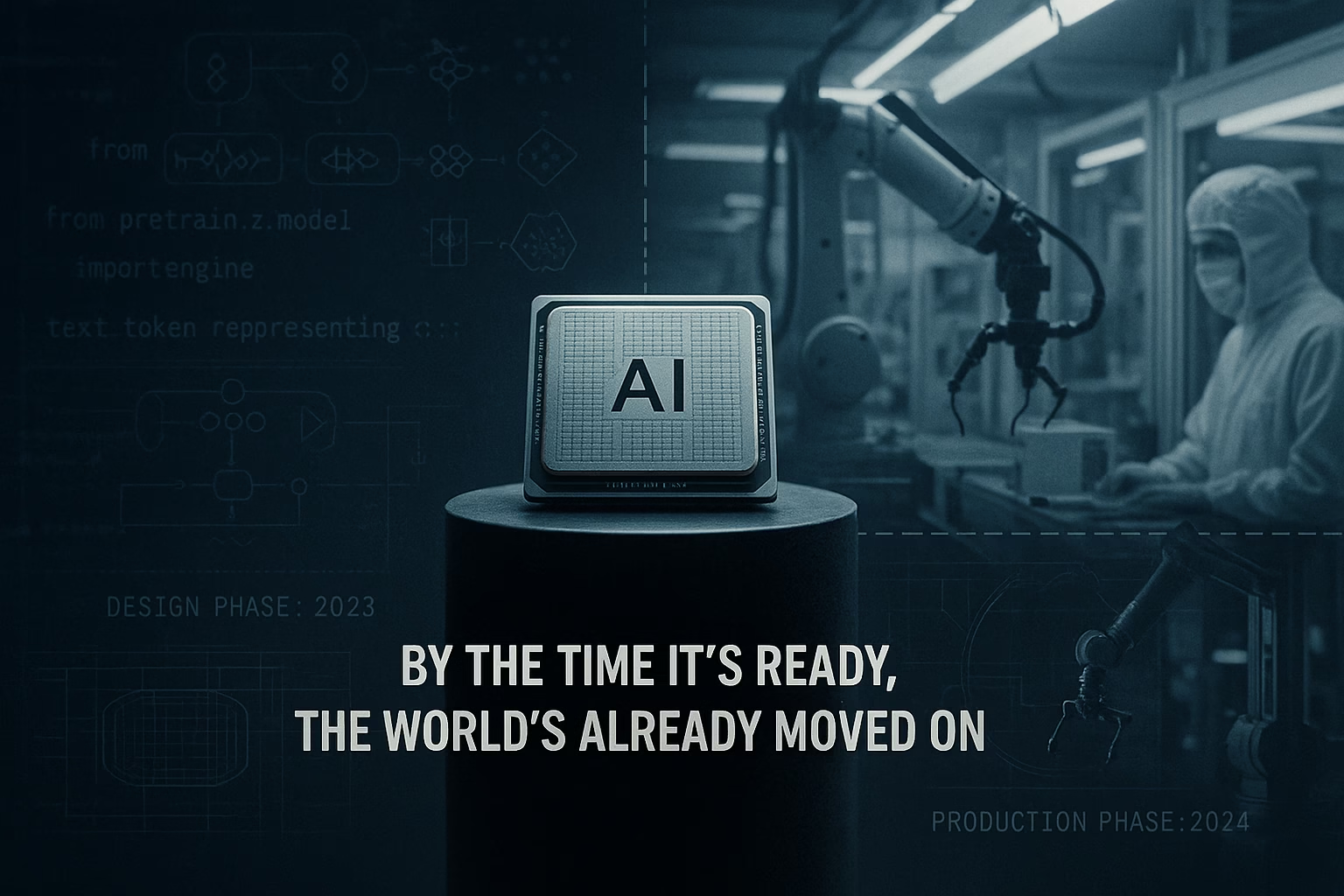
Custom AI chips are gaining attention, but there’s a mismatch between the speed of innovation in AI and the pace at which hardware is built.
AI models evolve fast — transformers, diffusion models, SSMs — each wave demands something new from the underlying compute.
But chip design doesn’t move at that speed. From architecture to tape-out, to software integration, it’s a multi-year journey. By the time a chip hits production, the AI model it was built for may already be yesterday’s news.
This creates a practical dilemma. Building custom silicon feels like a step forward, but in reality, many of those chips remain confined within the walls of the company that made them. They’re not versatile. They’re not flexible. And they’re rarely adopted outside of their original use case.
Worse, the software layers around them — compilers, runtimes, developer tools — often lag behind. It’s not just about raw performance anymore. If the toolchain isn’t mature, developers will stay away. And that’s a risk no hardware team can afford.
There’s also a cultural gap. AI developers work in short loops: train, tweak, deploy. Chip teams work on long cycles, where a single mistake means months of delay. These timelines don’t naturally sync, and without that alignment, progress stalls.
Until this gap is narrowed — in pace, tooling, and mindset — most companies will continue leaning on general-purpose platforms, not because they’re perfect, but because they’re ready.
Why Custom AI Hardware Is Needed for Next-Gen AI Workloads?
Despite the challenges, the move toward custom AI hardware isn’t just a trend — it’s becoming a necessity.
General-purpose GPUs have taken AI this far, but they’re starting to show limits. Power consumption is rising. Cost per training run is ballooning. And in edge or real-time environments, one-size-fits-all chips simply don’t make sense anymore.
Custom silicon gives companies tighter control — not just over performance, but over energy use, latency, and physical footprint. In AI workloads where every millisecond counts, and every watt matters, these differences add up.
What’s also becoming clear is that no single company or chip will define the future of AI compute. Instead, we’re seeing a rise in domain-specific approaches — chips built for vision, for language, for recommendation engines. And in some cases, even reconfigurable architectures are being explored to keep up with changing models.
For this transition to succeed, the ecosystem must change too. Developers need toolchains that adapt across hardware. Startups need access to foundries, IP, and fabrication services without burning years of runway. And governments — especially those chasing AI leadership — must treat compute infrastructure as critical, not optional.
Custom AI hardware isn’t just about efficiency. It’s about independence — from supply chain choke points, from licensing risks, and from the slow timelines of general-purpose alternatives.
The demand is clear. What remains uncertain is how fast the rest of the ecosystem can catch up.
The Industry Push Towards Specialized AI Hardware
The industry isn’t waiting for everything to fall into place — it’s already pushing ahead.
Big players like Google (TPUs), Apple (Neural Engine), Amazon (Inferentia, Trainium), and Tesla (Dojo) are all investing in in-house silicon tailored to their AI workloads. But they aren’t alone. Dozens of startups across the U.S., Europe, and Asia are entering the space, building custom accelerators aimed at niches like LLM inference, edge vision, or autonomous control.
In Europe, imec is developing reconfigurable chip platforms designed to bridge the hardware-software mismatch. Instead of waiting years for a chip to be ready, they’re exploring ways to reprogram hardware as models evolve — a major step toward future-proofing compute.
HCLTech is also entering this space, signaling a shift in how Indian tech giants are approaching AI infrastructure. Rather than just consuming models, they’re now exploring how to optimize and eventually design the systems running them.
Governments are starting to respond too. From the CHIPS Act in the U.S. to India’s push for semiconductor self-reliance, there’s growing recognition that compute isn’t just a business asset — it’s strategic infrastructure.
What’s driving all this isn’t just the fear of falling behind. It’s a growing realization: the next breakthroughs in AI won’t just come from bigger models. They’ll come from better compute — tailored, efficient, and close to where the data is.
Discover more from WireUnwired Research
Subscribe to get the latest posts sent to your email.




